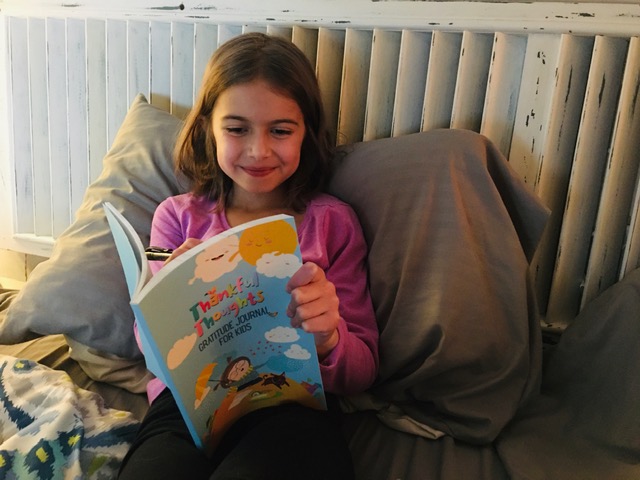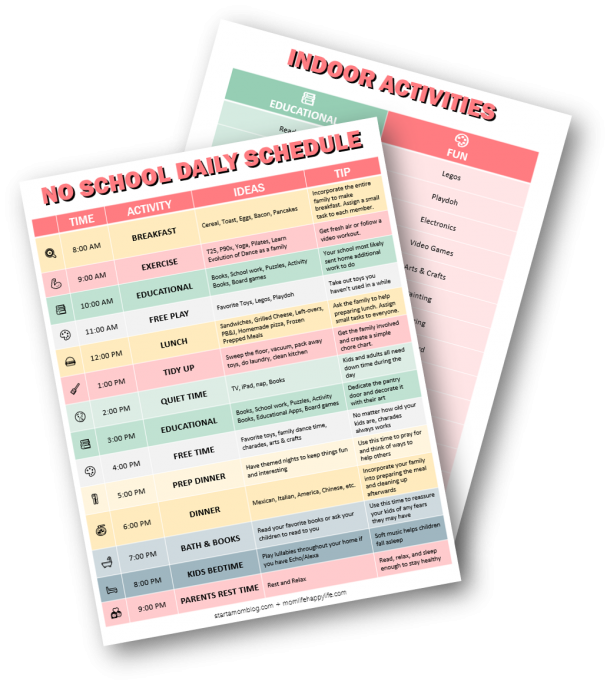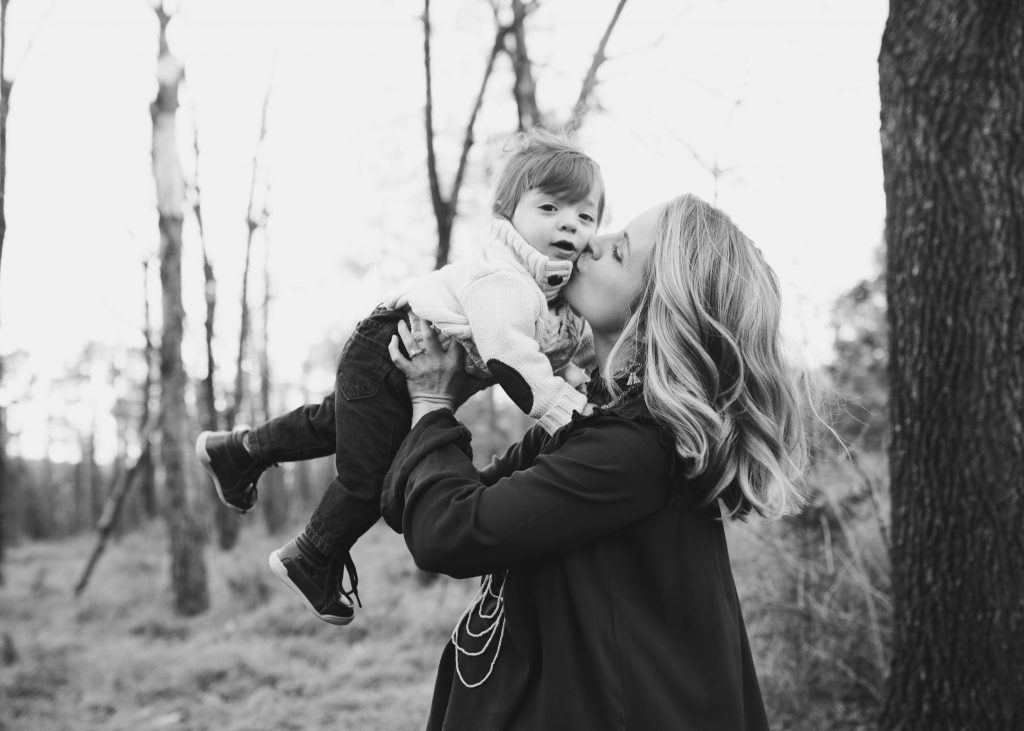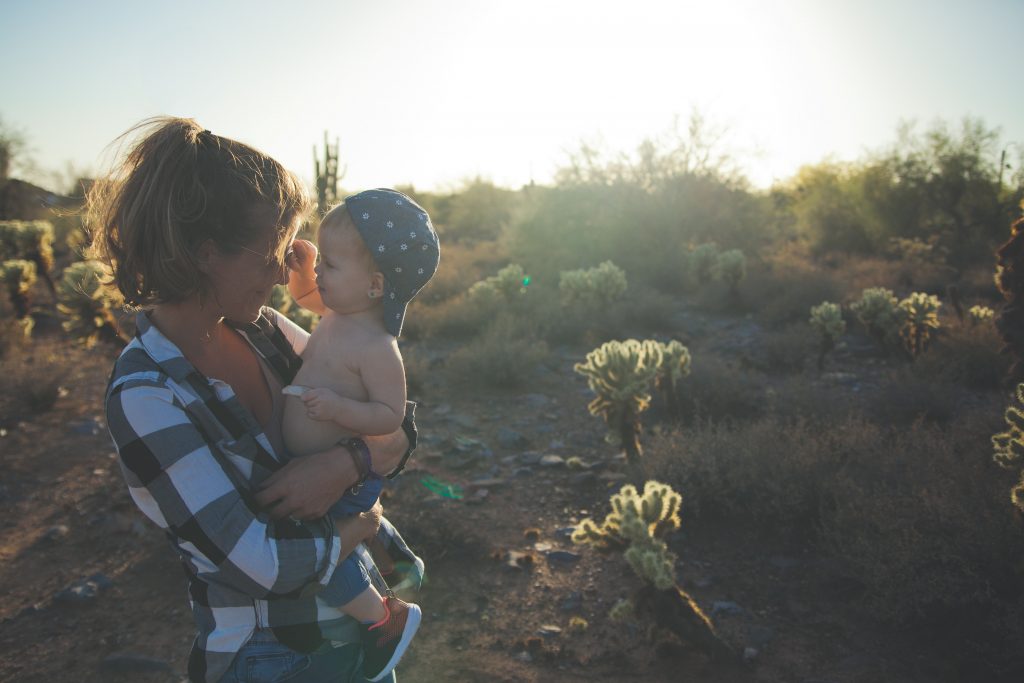What would you think if I told you a simple ten-minute daily practice can help you connect with your children and improve their mindset?
A gratitude journal for kids can help your children connect with their feelings and learn to be thankful in just five to ten minutes a day.
We all want to raise children who are kind, happy, grateful, and confident. We want our kids to feel comfortable talking to us and sharing their highs and lows. One of our challenges as parents is to teach them to be positive, resilient, and push through hard things. Put simply, we all want to raise awesome kids!
But raising children in today’s world is challenging and overwhelming. There are a lot of outside influences that our parents never had to contend with when they were raising us.
There are also a lot more resources available to us in today’s world. Many of us were taught to keep our feelings to ourselves as children, however, we now know that having emotional intelligence can help us develop into adults who are supportive and empathetic friends, partners and parents. Emotional intelligence is also an important quality in strong leaders who can navigate the emotional complexities of the workplace.
We have the opportunity to overcome today’s challenges, connect with our children, and raise kids who are grateful, mindful, more aware, and open with their feelings. One way to do that is through a children’s gratitude journal.

Why I started using a gratitude journal for kids with my daughter
My oldest daughter has been a highly sensitive and anxious child since she was a baby. She would cry when a stranger entered the room and startle easily if there was a loud noise. Every time we went to a birthday party or social gathering she would be glued to my leg while all the other kids were playing together, and she always sat on the sidelines during dance class. Crowds of people terrified her and she was scared of dogs, bees, and anything that could put her in danger.
It is extra challenging to have a positive mindset when you are battling worry monsters in your head every day. Resilience and persistence were not in our vocabulary.
I wanted to put her in a bubble and shield her from all the uncomfortable feelings she was experiencing as such a young child. However, we chose to approach her anxiety with love, understanding, and persistence, rather than avoidance. One of the tools that helped us acknowledge my daughter and talk through her anxious, overwhelming feelings is a kid’s gratitude journal.
I’m happy to say that at nine years old my daughter is confident, strong, mindful, persistent, and grateful (most of the time – she is human after all). While her anxiety will never be completely gone, she has learned strategies to push past her fears and be more positive, happy, and thankful.

How daily journal prompts helped my daughter improve her mindset
My daughter was seven when we started using a gratitude journal each night before bed. It was a simple journal where she could write or draw pictures of what she was grateful for.
Using a journal allowed us to work towards having a more positive mindset. It forces us to think about a few things each day that we are thankful for, even on the worst days. It’s amazing how such a simple daily habit can make such a big impact.
When we filled our first journal I didn’t get a new one right away. Life got busy and I was in the process of creating a new gratitude journal. Honestly, I don’t think I had even realized how much the journal was helping her until I saw the change when she stopped using it. I started to notice her negative thoughts start to creep back in and life was challenging to say the least.
Once we got her new journal I started seeing a change in her mindset in just a few weeks. She was happier and more positive. The small habit was clearly making a big impact.
How we connect as a family through our gratitude journals
This year my five-year-old started using her own Thankful Thoughts Gratitude Journal for Kids. Our bed-time routine includes sitting down together as a family to fill out our journals.
Our new journal, Thankful Thoughts, includes space for gratitude as well as the highs and lows of the day. This gives us the opportunity to review the day together and talk about their feelings. Some days they don’t have a lot to say and other days they may bring up something that hurt their feelings that day or something they were feeling disappointed about.
It’s always fun to hear what the best part of their day was. I love that those simple things like eating ice cream or playing a game can brighten their day. Even on the worst days they always have something positive to say about their day.
How a gratitude journal with prompts can help you and your kids
Setting aside quiet time each day to journal will help your children learn to identify feelings of gratitude, excitement, sadness, frustration, love, and more. They will build a strong social-emotional foundation and feel more comfortable identifying and sharing feelings.
It will also allow you time to connect with them one on one without other distractions. Having daily journal prompts often helps children open up more than answering annoying questions from Mom and Dad. Once it’s part of your routine they will be less likely to hesitate when being asked questions.
Tips for using your gratitude journal
- Some children struggle with writing and spelling. Don’t turn your gratitude journal into a writing or grammar lesson. Most nights I write in my kids’ journals for them. This allows them to focus on their thoughts and feelings rather on how to spell those tricky words.
- Don’t force it – if your kids aren’t interested in using the journal don’t force them. Keep trying with gentle reminders and eventually, the habit will stick.
- Find the time that works best for your family – we complete our journals before bed but you may find it works best during dinner or first things in the morning. Find what works well for you and your kids
- Older kids may prefer to keep their journals private – show interest but do not push them to share. What’s most important is that they are practicing gratitude, even if they don’t feel like sharing.
It may take a little work to make this daily habit stick, but once it does you’ll create a lasting habit and memories that they will never forget.
Someday they will grow up to be grateful, strong, intelligent adults who realize how blessed they are to have always had a safe place to share their feelings.



